My First Journey Through The Panama Canal – 4th Engineer Describes His Experience
The Panama Canal is a modern engineering marvel – a completely man made entity, evident of our ability to continuously push the boundaries of nature for lowering cost and convenience. It was my pleasure to witness how two oceans, initially separated by a distance of 77 kilometres and 26 meters are linked together in order to reduce the navigable distance by 12,600 kilometres and an estimated average time by 4 weeks around Cape Horn, the southern tip of South America.
Personally I came out of a long lay-off period, as this was my first sailing as a Fourth Engineer, having passed the MEO Class 4 exams three months ago. The practical application of engineering principles and an opportunity to work on some of the largest diesel engines in the world has always excited me; while the opportunities to travel foreign lands come as a heartening bonus.
I was sailing on Maersk Bulan, a 2008-built, 3078 TEU container carrier. I had sailed on two previous ships as a cadet so I had quite a lot of experience of engine room manoeuvring operations. However, it was my first time that I was a part of a canal transit and I was quite thrilled as I was also the watch-keeping engineer on duty. I had the Chief Engineer for company in case I was unsure of a course of action in an emergency.
The canal passage lasts for an estimated 10 hours in fair weather conditions. We were sailing steadily through the Caribbean Sea, at around 17 knots. The Caribbean Sea, being confined waters; we experienced rolling of the ship of less than 5 degrees. The Exhaust Gas Boiler in operation along with two generators to cater for the electrical load of the ship and the refrigerated containers. At the One-Hour Notice, the customary notice given to the engine crew by the Deck Officers prior to the commencement of any manoeuvring operations, we started the Auxiliary Boiler. In normal circumstances, the Auxiliary Boiler is functioning in Automatic Operation – it automatically adjusts steam pressure in response to the steam consumption.

Before the ship sails into any shallow or confined waters, the engineer on duty opens the valve of the High Sea Chest and closes that of the Low Sea Chest. The High Sea Chest is located at a height of 1.8 m above the Low Sea Chest on my vessel. The Low Sea Chest is generally used while the ship is in open sea and sailing with a moderate or deep draft. Using the High Sea Chest in open can cause the Main Sea Water pressure to drop as lesser water might enter the suction line of the pipe owing to rolling. The Low Sea chest is not used for shallow or confined waters to prevent the sucking up of mud/plastic etc.
Another important operation just after a One-Hour notice is the stopping of freshwater generator. Coastal waters are not used for freshwater production due to pollutants from shore based industry contaminating the sea water. The FWG plant consists of two pumps – the distillate pump, which pumps freshwater produced to the respective tanks and the ejector pumps, a more powerful taking suction from the main sea water line. It produces the vacuum – in conjunction with an eductor- and also supplies the feed seawater. I stopped the distillate pump first. I opened the bypass valve for the hot water (jacket cooling water for main engine) and shut the inlet and outlet valves. I kept the ejector pump running until the shell temperature is the same as the sea water temperature (about 10 – 15 minutes) and stopped the pump. Lastly I opened the vacuum breaker vacuum, relieving the shell of negative pressure.
While adjusting the bypass valve it is particularly important to keep an eye on the Main Engine Jacket Cooling Water temperature which may shoot up if the by-pass valve is quickly closed. In the fresh-water generator the hot water is supplied, and while interaction/heating up the cool sea water, it itself gets cooled. As this is a closed loop system, opening a half-closed bypass, removes the “cooling source” increasing hot water temperature. Increasing the water supply to the LT coolers from the line, adjusted by slightly opening the LT valve, (also called mixing valve) provides the cooling, maintaining the jacket temperature around 80 degrees.
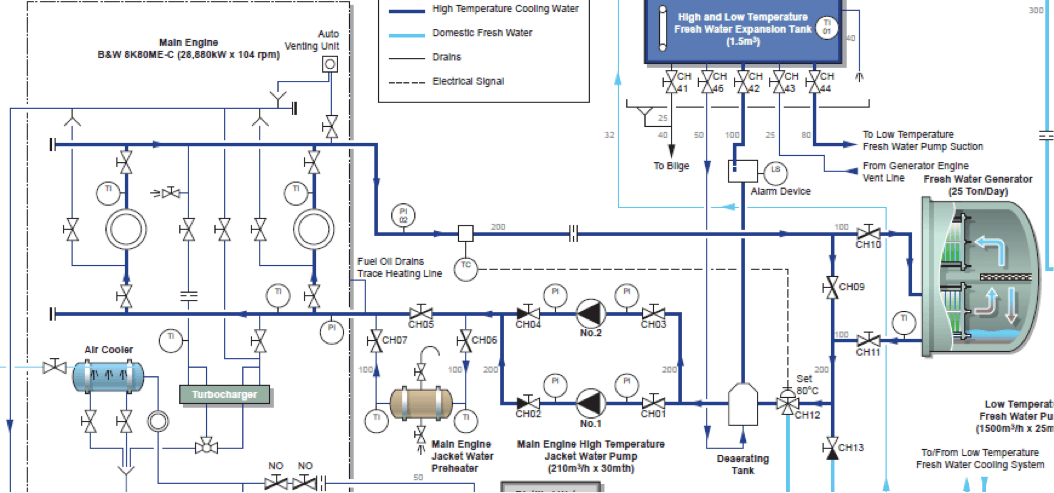
The vessel is assisted by tugs to get in line with the approach channel to the locks. It also required the bow-thruster for this critical positioning. I was aware that the use of the bow-thruster considerably increases the electrical demand as it requires the use powerful electrical motor to turn the controllable-pitch impeller. After consulting with the Chief Engineer I started another electrical generator making sure that we had sufficient available power.
Once in the approach channel of the lock gates – the Gatun locks on the Atlantic side of the canal, the ship is moved forward (or backwards) by the help of two electrical locomotives along each side of the canal. These are called “mules”. Each mule is equipped with a winch which plays in/out from either side aiding in the lateral positioning of the ship. The main engine is not running during this operation.
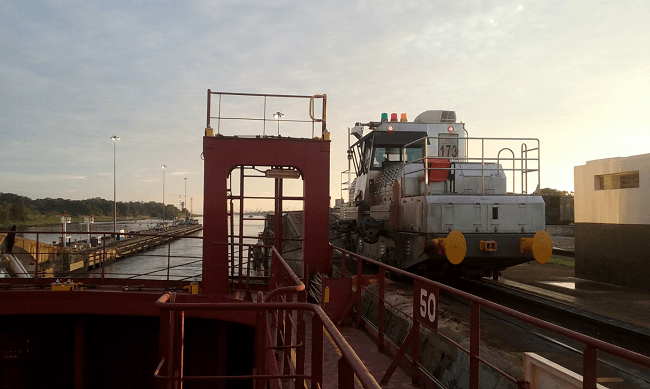
As the watch-keeping engineer, I keep a close watch on the jacket temperature of the main engine, adjusting the LT valve and steam to the pre-heater in response to the temperature variation of the jacket water, which would occur due to the load of the main engine. At this stage, I would crack open the steam to the pre-heater and adjust the bypass valve to the steam heater, such that half of the water is circulated through the heater. The temperature is maintained at 80 degrees and I can rest easy. There is pneumatic controller which automatically seeks to adjust this temperature, however during manoeuvring operations the temperature variations are too frequent requiring intervention of the engineer to keep the critical jacket temperature within limits.
I also closely monitor the parameters of the running generators and boiler steam pressure. Certain moves, like increasing the steam to the jacket- water can lower the steam pressure, as more steam is consumed and returned to the cascade tank as condensate. A boiler on automatic-operation would adjust itself to these changes but on older ships where boiler is unable to operate on automatic, due to failure of control systems, the boiler load is manually adjusted in response to rising or falling steam pressures.
The Gatun Locks – a set of four locks forming three chambers raise the south-bound ship up by 26.5 m. The ships pass through three successive chambers being raised by the rising water level in the chambers. Once the ship has been elevated, the rolling lock gates swing open allowing the passage of the ship.
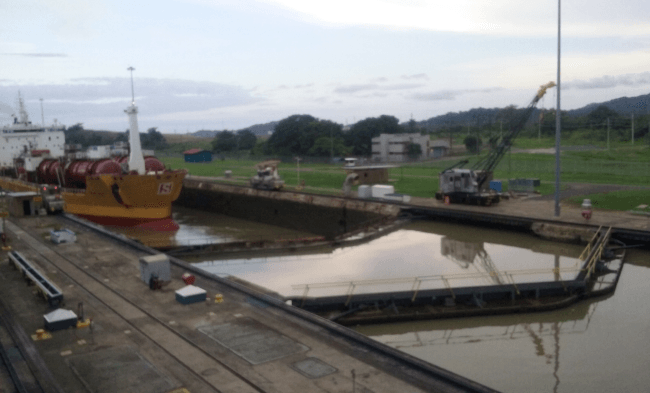
Once out of the locks, the ship enters the picturesque Gatun Lake. It is an artificial lake formed by damming the Chagres River, (Rio Chagres) and has dense rainforests on all sides.
The ship proceeds steadily on its engines through the Gatun Lake and later the Madden Lake. Not much required of an engineer to do at this stage but keep a close eye on the parameters, adjusting the jacket temperature of the main engine when necessary. We were fortunate that there were no rains on that day and it was bright and sunny outside. Panama is subject to high levels of rainfall particularly torrential rain resulting in foggy conditions and reduced visibility. In such cases canal operations are ceased and ships lie in anchorage at Gatun Lake for several hours. I was also fortunate to capture these stunning visuals!
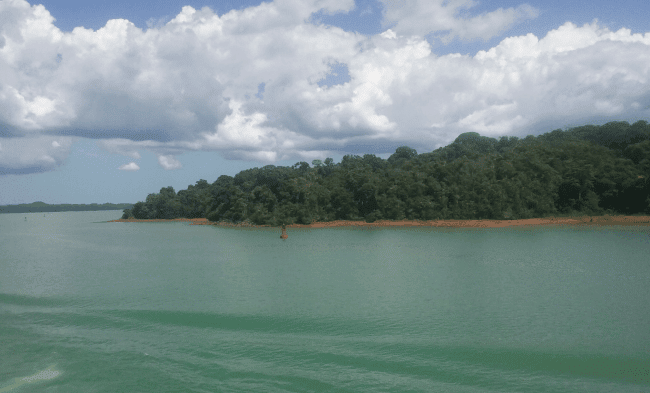
At about an hour into the Gatun Lake transit, I got an alarm for low exhaust gas temperature on one unit of the generator. As it was just one unit I figured it may be due to a sticking fuel rack or faulty injector or fuel pump. I checked the local temperature gauges to ensure that it was not a sensor failure. I tried to slowly jerk forward and backward on the fuel rack to the unit of the generator. I also checked the connecting linkages to the governor. This fixed the low exhaust gas deviation alarm and the generator was functioning normally again.
The Gailard Cut (or the Culebra Cut) is a particularly tricky area of the canal with respect to navigation as it is extremely narrow with sharp turns. This keeps the engineer busy as the frequent starting and stopping of engines, (besides causing jacket water temperature fluctuations) also leads to frequent running and stopping of the air compressors. A well maintained air compressor will seldom give problems, nevertheless cooling water flow and parameters need to be closely monitored. The most efficient compressors are set as “master” whereas the lesser ones are set as “follower”. The master air compressor is the priority compressor which runs first due to falling air bottle pressure. Further drop in pressure causes the follower air compressor to kick in after.
While in the Gailard Cut I got an alarm for high temperature of the air from the “master” air compressor. From my days of grappling with surveyors in MMD for my CoC, I recounted that I should check the cooling water flow, outlet temperature at the intercooler, and whether the discharge and suction valves of the compressor are in order. Upon checking I found that the cooling water flow was being supplied to the compressor, though the intercooler outlet temperature and the suction pressure at the second stage was higher than usual. This was evident of a problem with the intercooler. As this was a critical time, I switched over the other air compressor as the “master”, making a mental note to check and clean the intercooler on the next working day.
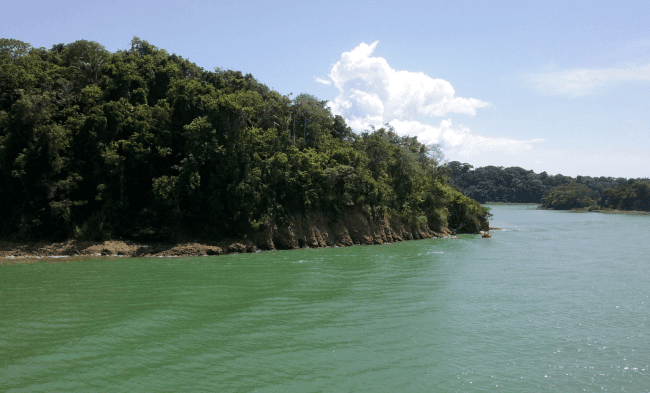
The Miraflores locks –a set of three lock gates (two chambers) lie at the end of the Culebra cut shortly before the Pacific entrance. The ship is lowered by 16.5 meters by falling water level in the chamber. It takes about 10 minutes for this operation. The gates at the Miraflores are taller than those at other places owing to the large tidal range. The ship is further lowered by another 9.5 meters at the Pedro Miguel locks (two locks gates, one chamber) by the same mechanism.
The iconic Bridge of Americas lies at the exit of the Pacific locks. The tied arch bridge connects the city of Colon and Panama City; it however restricts the air draft of the canal passage, due to which the world’s largest cruise ships, the Oasis of the Seas and the Allure of the Seas are unable to transit the canal.
Late into the night, the bridge informed that the vessel was full away in the open sea. We were slow steaming, going at 11 knots, heading to the next port of call, Buenaventura, Colombia. I stopped the additional generator, recorded the fuel oil parameters, made a few log book entries and took a round of the engine room. This concluded my first ever Panama Canal passage.
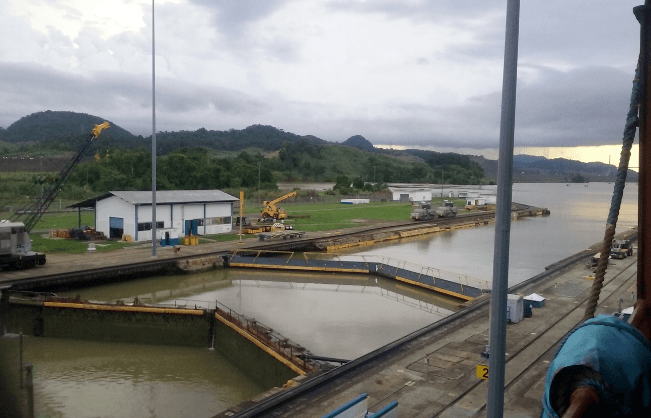
I gathered these additional interesting facts about the canal about its recent expansion, safety features and a record of safety related occurring in recent times:
Expansion:
The expanded Panama Canal was made available for service on 26th June 2016, and has so far handled 53 vessels which include 28 container ships and 22 LNG carriers. The project added another lane in addition to the existing lane – which doubled the capacity of the canal, while also widening and deepening the existing navigational channels and increasing the sizes of chambers with the addition of new lock gates.
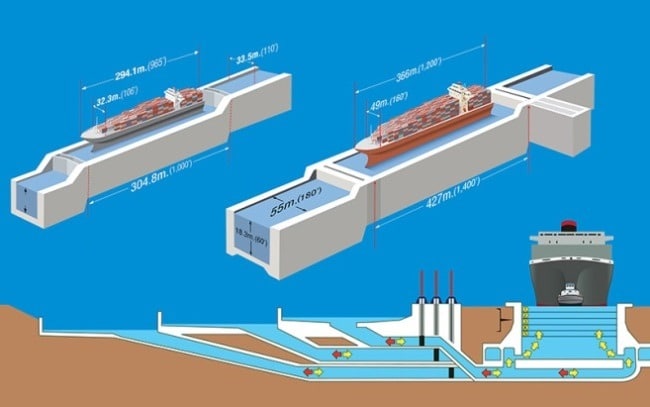
Panamax vessels – the largest vessels which could cross the canal, were 294 m in length, 32.3 m beam with a maximum draft of 12.2 m. A typical container ship would be about 4,400 TEU in capacity. The New Panamax vessel – the largest vessels that can cross the expanded canal, may have the maximum permissible dimensions of 306m in length, a 49 beam with a maximum draft of 15.2m. A typical New Panamax container vessel would be about 12,300 TEU in capacity.
Safety features:
- Leaves of the lock gates are hollow and buoyant. They are well balanced such that one leaf of the gate can be operated by two 19 KW motors. If one motor fails, the other can still operate the leaf of the gate at a reduced speed.
- The gate close to a “V” shape with the point upstream. This arrangement has the effect that the force of water from the higher side pushes the ends of the gates together firmly. The gates can be opened only when, in the operating cycle, the water level on both sides is equal.
- In order to prevent flooding due to a runaway ship hitting the gate, redundant gates are fitted at both ends of the upper chamber in each set of locks. These gates are 21 m away from the operating gates.
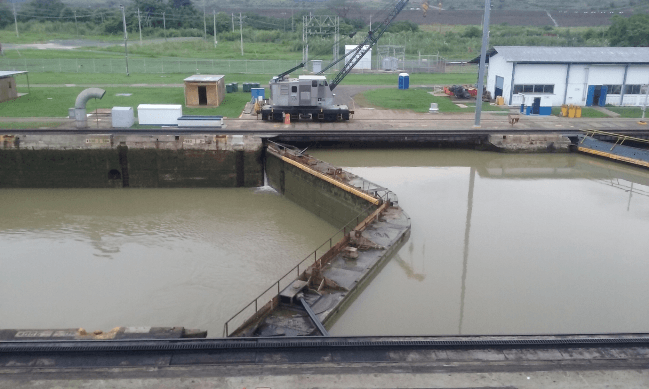
Accidents
Despite the safety measures the canal has had 38 accidents since 2002. (source: Allianz). The odds of an accident occurring in the Panama Canal are around 1 every 4,000 ships which is far better than the Suez Canal’s 1 in every 1,100 ships. The total number of maritime accidents in the Panama Canal has decreased significantly with better aids to navigation and technological improvements, but the potential risks have increased with the creation of the new lane for larger ship transits.

The Cosco Shipping Panama, the first ship to transit the new expanded canal, made contact with the fenders. The Lycaste Peace, which was the first LPG tanker to pass through the new section of the canal, ripped off a fender during a collision late last month, and reported minor damage to the railing of the ship. Another Chinese container ship hit a wall on the new lane and thus was reported the third incident since the inauguration of expanded panama canal last month. These incidents have raised concerns over the design of the lock gates, especially with the International Transport Workers’ Federation.
Ports on either side:
The port of Manzanillo lies at the northern – Atlantic side of the canal while the port of Balboa lies at the southern – Pacific side of the canal. The port of Manzanillo is a transhipment terminal for cargo destined to cities in Panama and others in Central American countries while Balboa caters to transhipment to South American countries. The ports are well linked by rail and road connectivity and also to other Panamian ports of Cristobal and Colon. Balboa is the busiest accounting for 3.02 million TEUs while Manzanillo handles 2.03 million TEUs.
Conclusion
The Panama Canal continues to be one of the most significant trade routes. The canal continues to be of immense importance to the economy of Panama. It earns an approximate a quarter of a million dollars for each transit while providing employment to a large section of the local population. The canal and its expansion have also proven to be critical for the United States. With continued oil production and lifting of the export ban on shale, LNG carriers have started transiting the canal with supplies for countries in the Far East, making them more competitive against other oil exporting countries. It will be interesting to witness the effects of its expansion on the shipping industry and its broader implications in world trade.
Want you share your sailing experiences? Write to us at – info@marineinsight.com
You may also like to read:
What is Maritime English and Why It Is Important?
Disclaimer :
The information contained in this website is for general information purposes only. While we endeavour to keep the information up to date and correct, we make no representations or warranties of any kind, express or implied, about the completeness, accuracy, reliability, suitability or availability with respect to the website or the information, products, services, or related graphics contained on the website for any purpose. Any reliance you place on such information is therefore strictly at your own risk.
In no event will we be liable for any loss or damage including without limitation, indirect or consequential loss or damage, or any loss or damage whatsoever arising from loss of data or profits arising out of, or in connection with, the use of this website.
Do you have info to share with us ? Suggest a correction
Disclaimer :
The information contained in this website is for general information purposes only. While we endeavour to keep the information up to date and correct, we make no representations or warranties of any kind, express or implied, about the completeness, accuracy, reliability, suitability or availability with respect to the website or the information, products, services, or related graphics contained on the website for any purpose. Any reliance you place on such information is therefore strictly at your own risk.
In no event will we be liable for any loss or damage including without limitation, indirect or consequential loss or damage, or any loss or damage whatsoever arising from loss of data or profits arising out of, or in connection with, the use of this website.
Related Posts
Subscribe To Our Newsletters
By subscribing, you agree to our Privacy Policy and may receive occasional deal communications; you can unsubscribe anytime.








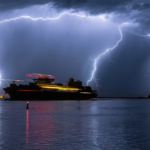

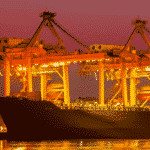
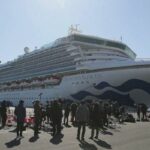
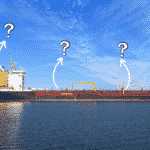
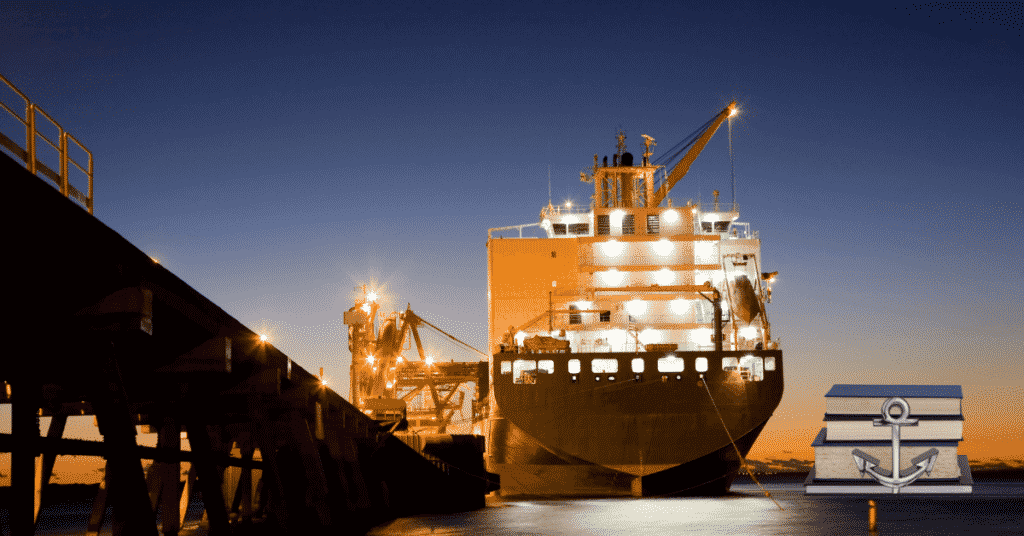



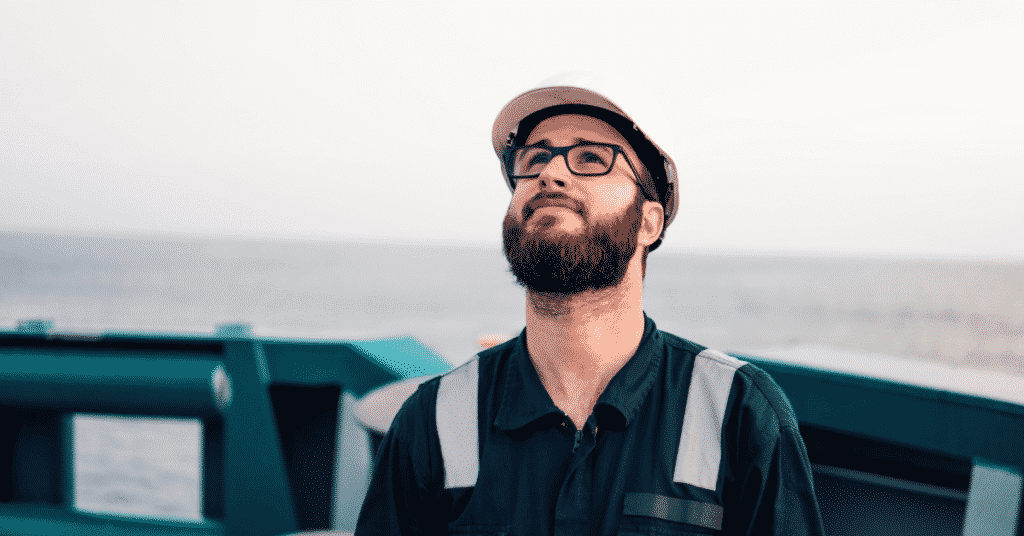
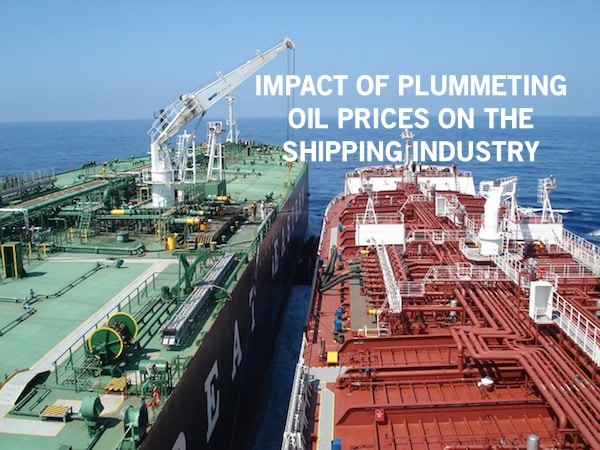
Thank you for your very informative and interesting report during your Panama Canal transit. Well done !
Regards,
Brett Bachmann,
Cape Town
?